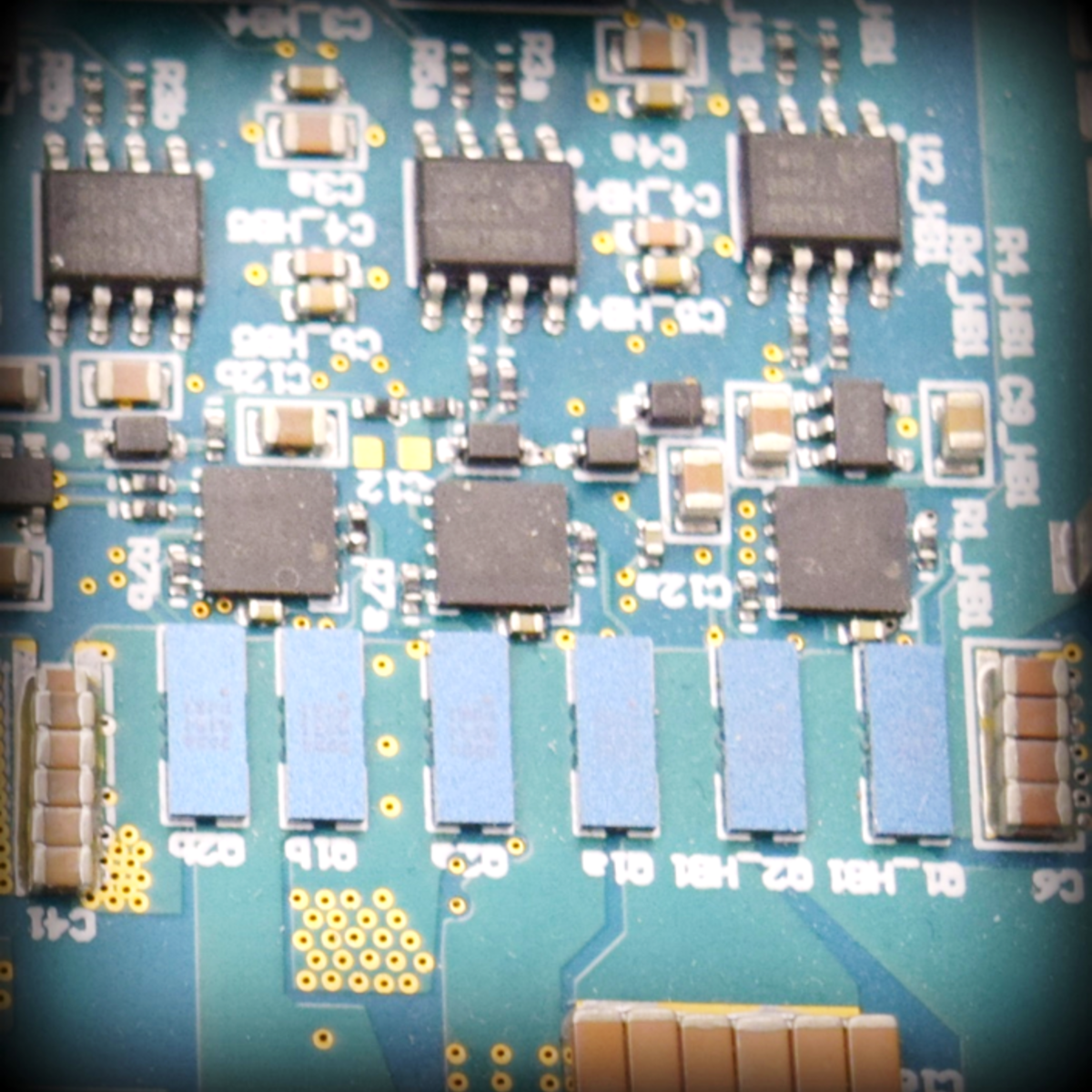Current-Mode Control
Overview
This course can also be taken for academic credit as ECEA 5708, part of CU Boulder’s Master of Science in Electrical Engineering degree. This is Course #4 in the Modeling and Control of Power Electronics course sequence. The course is focused on current-mode control techniques, which are very frequently applied in practical realizations of switched-mode. Practical advantages of peak current mode control are discussed, including built-in overcurrent protection, simpler and more robust dynamic responses, as well as abilities to ensure current sharing in parallel connected converter modules. For peak current-mode controlled converters, slope compensation, and high-frequency effects are discussed in detail. Upon completion of the course, you will be able to understand, analyze, model, and design high-performance current-mode controllers for dc-dc power converters, including peak current-mode controllers and average current-mode controllers. We strongly recommend students complete the CU Boulder Power Electronics specialization as well as Course #1 (Averaged-Switch Modeling and Simulation) before enrolling in this course (the course numbers provided below are for students in the CU Boulder's MS-EE program): ● Introduction to Power Electronics (ECEA 5700) ● Converter Circuits (ECEA 5701) ● Converter Control (ECEA 5702) ● Averaged-Switch Modeling and Simulation (ECEA 5705) After completing this course, you will be able to: ● Understand the operating principles and benefits of current-mode control for dc-dc converters ● Model and design peak current-mode controlled dc-dc converters ● Model and design average current-mode controlled dc-dc converters ● Use computer-aided tools and simulations to verify current-mode controlled dc-dc converters

